The dollar slid to record lows against the euro and the Canadian dollar on speculation China's plans to diversify its foreign exchange reserves will involve selling U.S. assets.
The currency slumped after Cheng Siwei, vice chairman of China's National People's Congress, told a conference in Beijing the country should improve the structure of its $1.43 trillion of foreign reserves by favoring stronger currencies. It pared losses after he later added that doesn't mean buying more euros. The dollar also slumped to a 26-year low against the pound and a 23-year low against the Australian dollar.
``Cheng Siwei, a China adviser, apparently said China should diversify into strong currencies,'' said Lee Wai Tuck, a currency strategist at Forecast Singapore Ltd. ``This is one of the comments that triggered the buying of the euro and selling of the dollar.''
The dollar slumped to $1.4666 per euro, the lowest since the 13-nation currency debuted in January 1999, before trading at $1.4615 at 11:31 a.m. in Tokyo from $1.4557 late yesterday. It fell to $1.0975 per Canadian dollar, the lowest since Canada's currency was floated in 1950.
Against the pound, the dollar declined to $2.0947, the lowest since May 1981. The currency slid against the Australian dollar to 93.75 U.S. cents, the lowest since April 1984 from 92.87 U.S. cents. The dollar may fall to $1.4700 per euro today, Lee forecast.
China Investment Corp., which manages the nation's $200 billion sovereign wealth fund, said last month it may get more of the nation's reserves to invest to improve returns.
Fed Rates
The currency also slid against higher-yielding currencies including the Australian dollar and the Norwegian krone as losses from subprime-mortgage defaults added to pressure on the Federal Reserve to lower its target for the overnight lending rate between banks to 4.25 percent next month.
The Reserve Bank of Australia raised its benchmark borrowing cost to 6.75 percent today, while traders added to bets Norway's central bank will increase its 5 percent deposit rate.
``The interest-rate outlook is dragging down the dollar against major currencies such as the euro and the Australian dollar,'' said Seiichiro Muta, director of foreign exchange in Tokyo at UBS AG, the world's second-largest currency trader. ``I cannot see the bottom of the dollar depreciation yet.''
It declined to 5.3403 kroner from 5.3474. It may fall to $1.46 a euro today, Muta said.
Central Banks
Interest-rate futures traded on the Chicago Board of Trade show a 62 percent chance of a quarter-percentage point Fed rate cut on Dec. 11, compared with 6 percent a month ago. Citigroup Inc. may write down an additional $2.7 billion worth of subprime-related assets, CreditSights Inc. said yesterday.
Australian central bank Governor Glenn Stevens, announcing today's quarter-point rate increase, said inflation will exceed his target. Norwegian forward-rate agreements, a kind of interest-rate futures contract, gained yesterday on speculation the central bank will lift borrowing costs at least once more by the end of 2008. The Norges Bank next meets Dec. 12.
New Zealand's dollar rose to 78.35 U.S. cents from 78 U.S. cents on speculation a report tomorrow will show the unemployment rate remained at a record low, boosting the chance of another increase to the country's record 8.25 percent benchmark interest rate.
Subprime Loans
``The dollar is weak against a host of currencies, including the euro, the pound and the Australian dollar,'' said Mitsuru Sahara, senior currency sales manager at Bank of Tokyo- Mitsubishi UFJ Ltd., a unit of Japan's biggest publicly traded lender. ``We can't tell how much money banks will loose on subprime loans. The Fed is likely to cut rates again before the end of the year.''
The U.S. currency may fall to $1.46 against the euro and 114.30 yen today, Sahara said.
Gains in the euro may be limited by speculation European economic growth is peaking out, reducing the need for higher interest rates.
The European Central Bank will keep its key rate at 4 percent tomorrow, according to all 61 economists surveyed by Bloomberg News. Data yesterday showed manufacturing orders in Germany fell more than expected in September.
``There is a European industrial complex which is now suffering from the euro being at such super expensive levels,'' said Peter Pontikis, treasury strategist at Suncorp-Metway Ltd. in Melbourne. ``The data all suggest you'll get a real slowdown. I'd be against the possibility of a rate hike.''
Europe's single currency will trade at $1.43 versus the dollar by year-end, according to the median forecast of 42 analysts and brokerages surveyed by Bloomberg News.
To contact the reporter on this story: Stanley White in Tokyo at swhite28@bloomberg.net ; Kosuke Goto in Tokyo at kgoto2@bloomberg.net
Last Updated: November 6, 2007 22:27 EST

Hmmm. I wonder how much of the USD weakness can be attributed to foreigners selling off bad US corporate debt? Foreigners sell bonds, the buyer is from the us, pays in US dollars for the US bond. The money goes to the buyer, who dumps it in the market, putting more weakness on the USD.
Here is another example of how we get foreigners to buy our stuff at inflated prices, and we buy back, on the cheap(er).